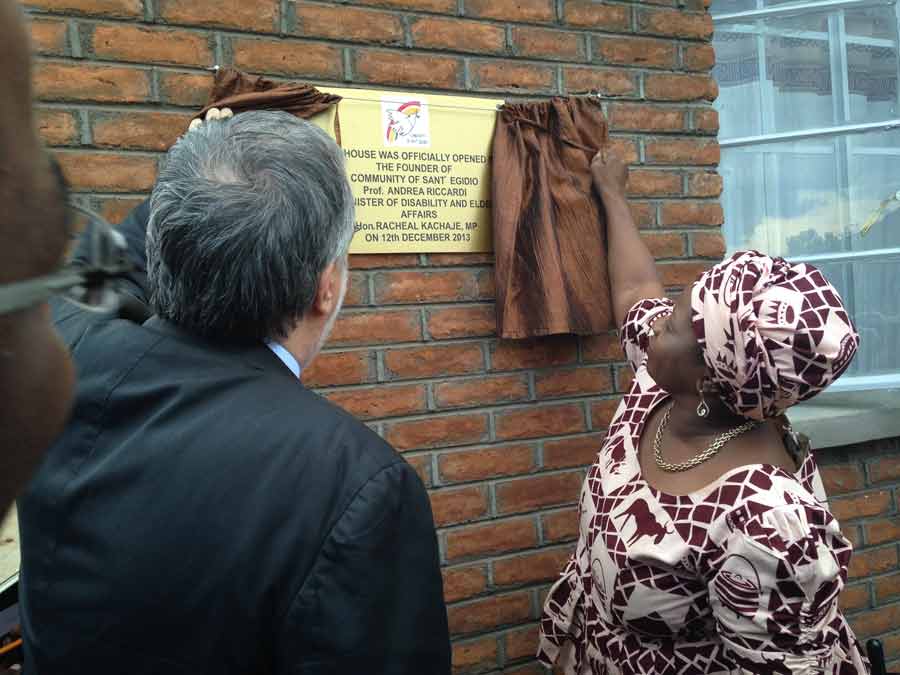On this past November 30th the world was lit up by a peculiar light. More than 1700 cities, in 23 countries of all continents joined the event “Cities for life 2013” organized by the Community of Sant’Egidio. In each city, flood lights lit up a monument (in the picture the monument in the main square of Goma, in the Democratic Republic of Congo) a symbolic location or a stage
celebrating the event.
In even more cities, in many of the locations in which Sant’Egidio is present, as well as in others in which other organizations joined in giving voice to the dream of a world without death penalty, meetings and conferences were held in which experts, guests, activists spoke out and contributed to sensitize tens of thousands of people on the issue.
The death penalty has increasingly acquired a character of vengeance which does not belong in a world that wants to progress on the path of justice and humanity and is anachronistic at a time in which we celebrate the primacy of human rights. The words spoken by many transmitted to all, and in particular to the younger generations, the awareness of how precious life is, how its value cannot in any case be questioned, and how treating it with contempt could only make the world worst. You cannot resolve problems “eliminating a human life”, said Pope Francis in Evangelii Gaudium, though in reference to a different context.
Among the many conferences that could be mentioned we refer to the one held in Rome on November 28. At the Università Pontificia Lateranense thousands of young people from the high schools of the Eternal City were able to listen to the words of Andrej Paluda and Tamara Chikunova.
Andrej Paluda, from the “Viasna Center for the Defense of Human Rights”, in Bielorussia, the only European country that still relies on the death penalty, gave an account of the brutality of the executions, of the bodies of those executed that are not returned to the families, of the inmates who prefer to commit suicide because only in this way their loved ones will have a tomb to visit.
Tamara Chikunova on the other hand, presented the testimony of her personal history, the ordeal of a mother that was unable to save her only son from the firing squad, but who was able, in his name, to carry forward a struggle that In the end proved successful. The fact that Uzbekistan and Kyrgyzstan have abolished the death penalty is owed to the efforts of this woman who dedicated all of her energies to this cause.
Tamara told the story of the imprisonment and execution of her son Dimitri who - in Tashkent, the Uzbek capital - was unjustly accused of the murder of two people and sentenced to death. A sentence that was executed without even waiting for the outcome of the appeal. To extort his confession, Dimitri had been forced to listen, on the phone, to the cries and moans of his mother who was being beaten.
Tamara overcame her despair and began to fight to save other convicts from execution. She had in fact received a letter from a convict written by her son: “If mom cannot make it in time and I will be shot, go to her. She will be able to help. She will protect you from death.”
Tamara’s dream is the abolition of the death penalty in the entire world and in all contexts, “because - she told the young people of Rome - the death penalty has no borders. Death penalty also means old people living in institutions all alone, awaiting the last day of their life; it also means homeless people left to die of cold in the street”.




